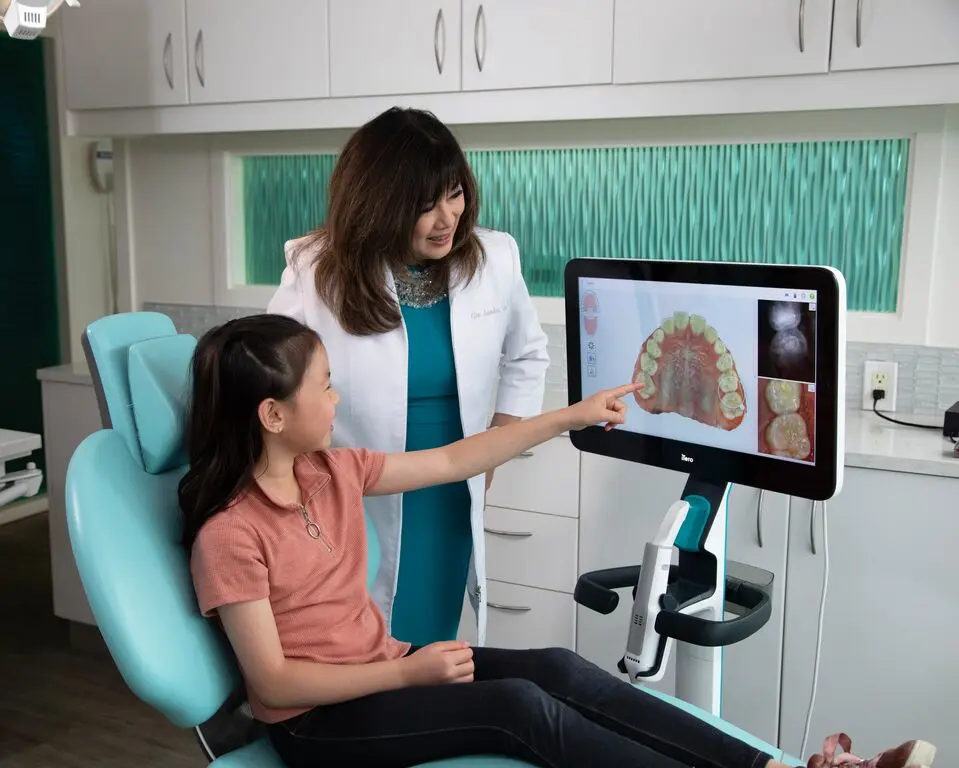When it comes to cost for teeth-straightening, braces and clear aligners are comparable, but with Invisalign treatment you get:
Compared to traditional wires and brackets, the benefits of Invisalign treatment are clear.
| blank | Invisalign clear aligners | Braces |
|---|---|---|
Personalized plans with doctor-directed care | ||
Personalized plans with doctor-directed care | ||
Results in as little as 6 months4 | ||
Results in as little as 6 months4 | ||
Fewer emergency visits5 | ||
Fewer emergency visits5 | ||
Removable for eating, brushing, and flossing | ||
Removable for eating, brushing, and flossing | ||
Better oral hygiene during treatment6 | ||
Better oral hygiene during treatment6 | ||
Virtually invisible | ||
Virtually invisible | ||
Progress can be tracked with the My Invisalign™ app | ||
Progress can be tracked with the My Invisalign™ app | ||

Find a doctor and schedule a consultation to learn why Invisalign aligners are the best choice for your smile.